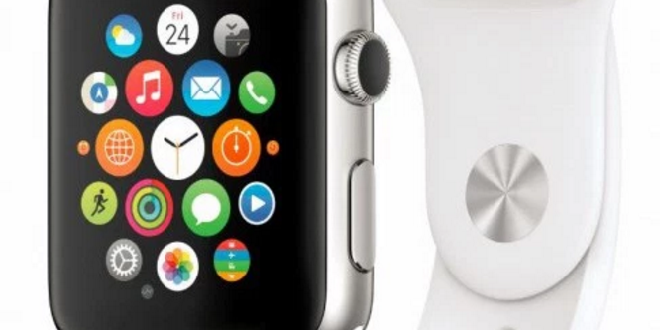
- OpenText™ | Blogs
- 15.11.2016
- EN
OpenText™ "Apple Watch Validates the Power of Analytics"
The Apple Watch is not only the company’s foray into the smartwatch and wearable technology space, but it also validates the importance of digital disruption, cloud delivery and embedded analytics.
Even before the company’s smartwatch made its formal debut this week, application developers representing companies that provide sports-related, entertainment, and productivity software were called by Apple to create innovative app designs that highlighted the device as a customized timepiece, instant communications device and health and fitness companion.
The result: Apple executives announced 50 new apps that will all work immediately with its upcoming Apple Watch including Instagram, MLB.com At Bat, Nike+ Running, OpenTable, Shazam, Twitter, WeChat, Uber, Salesforce, American Airlines and Honeywell Lyric thermostat. What these applications have in common is that they all disrupt our notion of how content is delivered as well as how and where information is analyzed and provided.
For example, Apple demonstrated with the help of supermodel Christy Turlington Burns how apps might access data such as weight, blood pressure, glucose levels and asthma inhaler use. Third-party devices and apps can measure the data through a cloud delivery system and then notify the user to take appropriate actions. Other data that can be measured and analyzed include the watch’s accelerometer, taptic engine, haptic feedback, microphone, gyroscope and GPS sensors in your iPhone to gain insight into the wearer’s gait, motor impairment, fitness, speech and even memory.
Apple Watch and Digital Disruption
In reviewing the potential of the Apple Watch, it is apparent that businesses will be able to capitalize on these digital disruptions in several areas.